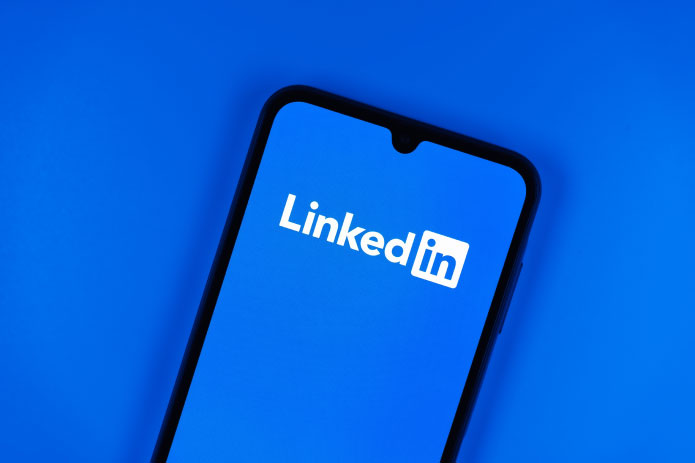LinkedIn is today the largest megaphone for industrial leadership. Imagine a director who, in addition to maintaining their presence focused on signing reports and attending meetings, is on LinkedIn explaining how their factory reduced waste by 40% with sustainable technologies. Or a CEO in the metallurgical sector sharing lessons on organizational innovation after testing new management models. In the age of influence, this attitude is not the exception. It’s a requirement.
Currently, digital transformation is the air the industry breathes. And in this scenario, leaders who do not communicate lose ground and, above all, miss out on business opportunities. This is because, in a market where purpose and innovation are the new fuels of competitiveness, staying silent means risking irrelevance. But what does this have to do with LinkedIn?
According to data from the platform itself, LinkedIn has surpassed 75 million users in Brazil, with notable growth among Generation Z, who value real connections with accessible, innovative, and consistently positioned leaders. This doesn’t just apply to HR managers or marketing teams—it’s about the role of top leadership.
After all, when a leader stays silent, the market speaks for them. The absence of active leadership on the platform opens the door for competitors to be remembered. Lack of positioning may suggest outdatedness, detachment, or even a lack of business vision. Industrial leaders who remain digitally anonymous fail to inspire their teams, attract talent, and establish strategic partnerships with other leaders. Even worse, they cease to be a reference in their own market. How can they demand innovation and proactivity from employees if leadership remains invisible?
On the other hand, when a leader uses LinkedIn strategically, they build reputation, reinforce culture, and accelerate transformation. They inspire by example, humanize their personal brand, and become active spokespersons for innovation both inside and outside the company. Being present on social media isn’t about self-promotion—it’s about making visible what is already being done but goes unnoticed without a narrative.
When we talk about innovation, we often look at processes, products, and technologies. But the greatest innovation starts with leadership posture. An industrial leader who takes a stand, tells their story, and assumes their public role as an ambassador paves a new path for their organization, influencing clients, suppliers, talent, and the industry itself. They stop being just another manager and become a reference.
Behind the scenes of major innovative brands, a silent function has gained prominence: the Chief Storytelling Officer, a professional responsible for narrating, with clarity and purpose, the executive’s journey—both internally and externally. But the most important point is that every leader can and should adopt this mindset. Especially in B2B, where strategic communication remains an underexplored competitive advantage.
By 2025, digital silence will not be neutral. It will be read as disconnection, disinterest, or delay. Industrial leadership that wants to attract, influence, and transform must step forward—and do so with purpose. Because those who don’t tell their own story risk being forgotten by others.
*Silvana Piñeiro Nogueira is a journalist with a postgraduate degree in Marketing, a master’s in Political Studies from the Sorbonne (France), and director of Smartcom Intelligence in Communication. She also contributes to books distributed in Europe and the United States on international entrepreneurship and legal communication as an author of articles on communication and the effects of fake news.


